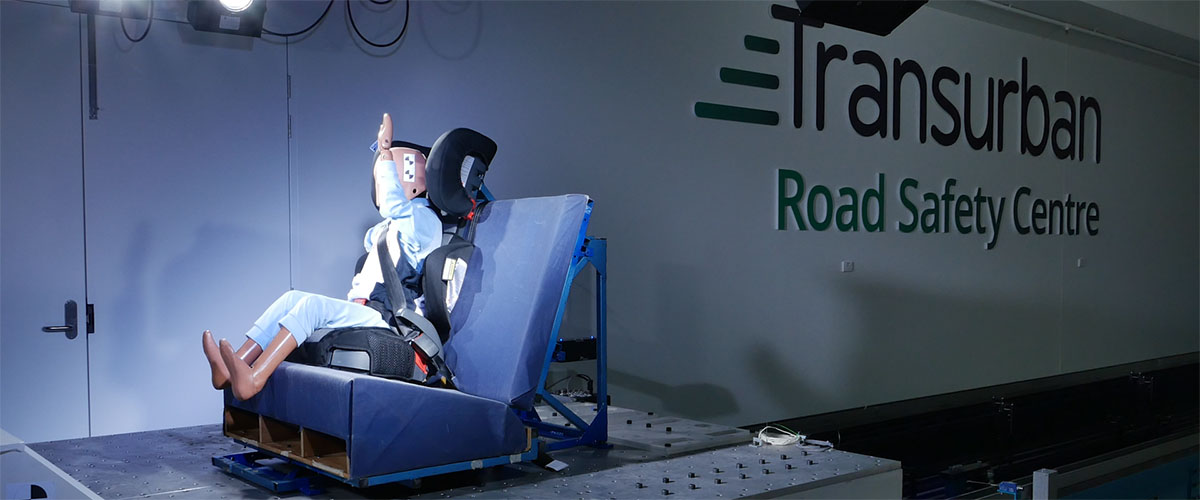New research from the Transurban Road Safety Centre at Neuroscience Research Australia (NeuRA) shows that forward-facing child car seat restraints are more affected by common types of misuse than rear-facing restraints, potentially leading to greater risks of injury in a crash.
While Australia has very high levels of child restraint use (99%), more than half of child restraints are used incorrectly, and nearly 40% are used in a way that would impair crash performance, with people often making more than one mistake simultaneously.
Researchers at NeuRa tested five of the most common errors people make when using child restraints to assess how they impact the performance of child restraints during a crash.
These included:
- a loose seatbelt (securing the car seat in the vehicle)
- a very loose harness (securing the child to the car seat)
- partial use of the harness (if a child has partially escaped from the restraint)
- a loose top tether
- a combination of three minor errors (a twist in the securing belt, a harness twist and a loose harness).
Researchers tested each of the errors, as well as a no-error condition, on convertible car seats in both forward and rearward facing positions by simulating a car crash with a dummy that represented a one-year-old child.
While all five forms of child restraint error had negative consequences, incorrect use of forward-facing restraints increased the risk of head and chest injury in a simulated crash more than the incorrect use of rearward facing restraints.
Current best practice child restraint guidelines recommend keeping children rearward-facing for as long as possible, until their shoulders are above the maximum shoulder height marker of their car seat.
Of the errors tested, researchers found a loose harness had the greatest impact on the performance of child restraints during a simulated crash. However, all forms of child restraint misuse proved extremely problematic, highlighting the importance of getting car seats installed by an accredited child restraint fitter.
Transurban’s Road Safety Manager, Liz Waller, explains, "As child car seats get safer, they’re also becoming more complex to install. That’s why the best thing you can do is get your car seat installed by an accredited fitter - this gives parents and carers peace of mind every time they hit the road."
The team at NeuRA will next assess the design features that might make restraints more resistant to the negative effects errors can cause during a crash.
The Transurban Road Safety Centre at NeuRA is Australia’s only research-dedicated crash test lab. The Road Safety Centre combines world-class research with state-of-the-art facilities and equipment to provide a source of ongoing innovation in the area of road safety research.

